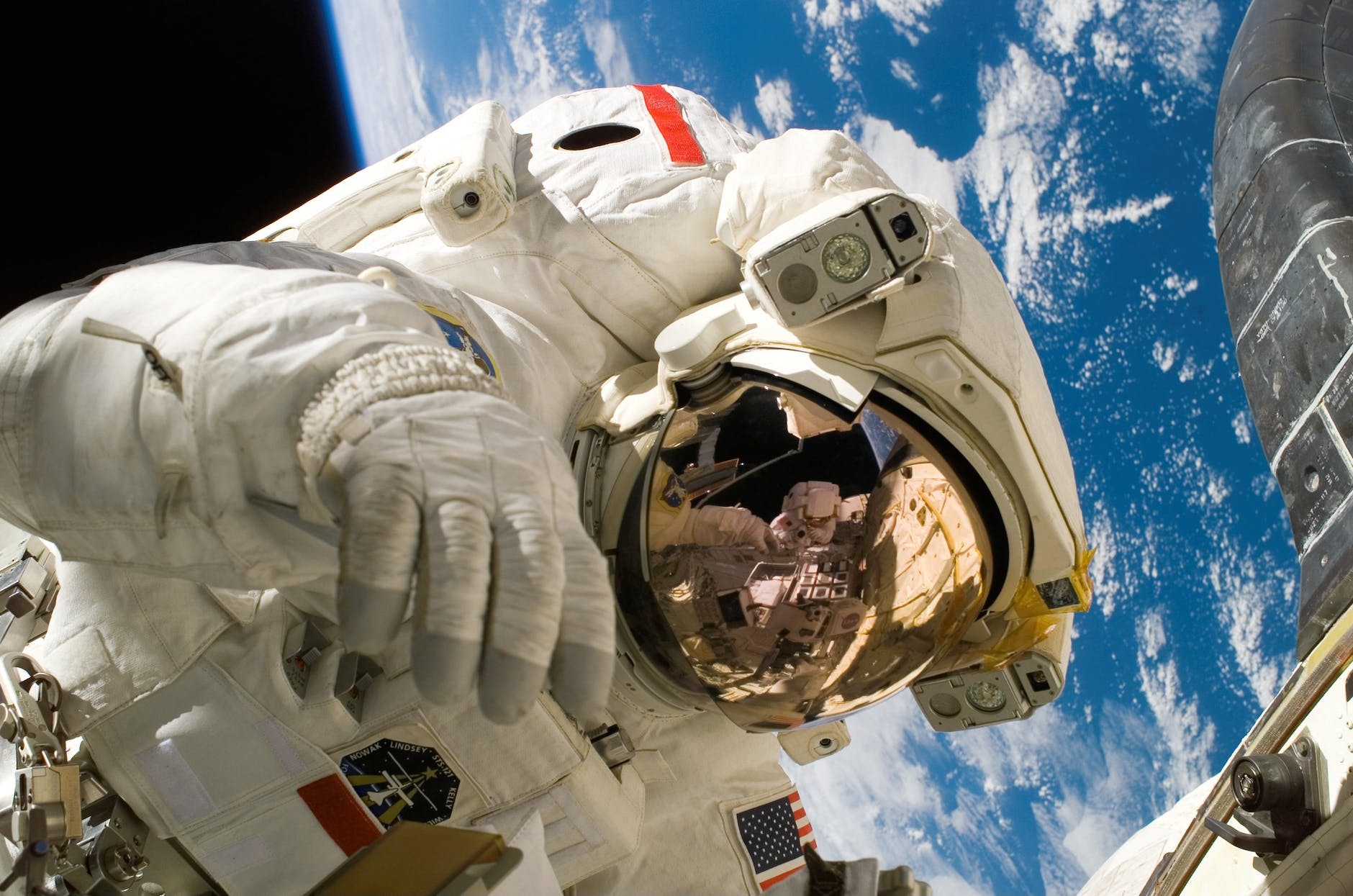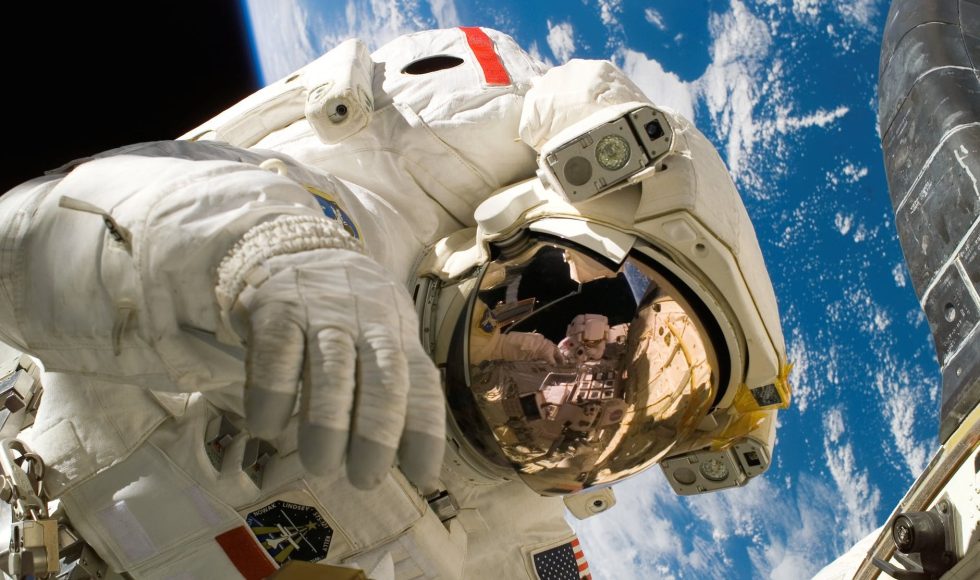Sarah Stahl-Rommel from NASA Health and Human Performance Contact & JES Tech in the USA presented at London Calling 2023 a session entitled “Unlocking the microbiome of the International Space Station.” Stahl-Rommel explained that NASA has been using culture-based approaches for decades. These assessments require samples transported back to earth. Now, they are preparing to use Nanopore instruments! Since 2000, NASA has been doing ground-based identification using Sanger Sequencing and VITEK. Microbial monitoring on the international Space Station since 2000 has identified 23 genera and 87 distinct species, with Staphylococcus (62%), Corynebacterium (7.4%), Bacillus (7.1%) and Micrococcus (5.1%) as the top genera. Top fungal genera include Penicillium, Aspergillus, and Rhodotorula. Stahl-Rommel and team asked if microbial monitoring using culture-based systems is biased. Since 2016, the team has been supporting eleven launches and ran numerous flow cells (59!). Their swab-to-sequencer approach starts with a swab of a surface. The swab is used for DNA extraction using enzymes and heat. Next, the Rapid Barcoding library prep kit is used to prepare samples for Nanopore sequencing. The sequences matched those from culture-based approaches. The space crew obtained more samples from numerous locations on the International Space Station. In addition to skin microbiome organisms, other hard-to-culture organisms were found. The waste hygiene compartment (WHC) and fitness materials had fecal and salt-tolerant associated bacteria. Stahl-Rommel concluded that the “swab-to-sequencer” method and other sample prep methods can be used to monitor microbiomes in space, including the upcoming journey to the moon. I did not know that they have 22 years of culture data and now several years of sequence-based microbiome monitoring datasets!



